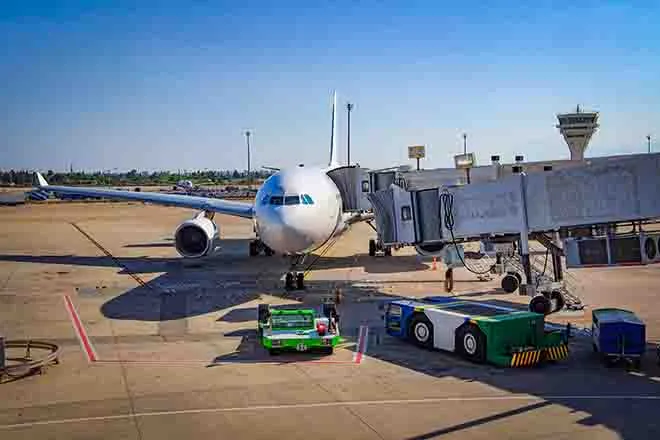
COVID relief for providers ends as Nebraska childcare funding gap grows
(Nebraska News Connection) For many in Nebraska's child-care industry, which was struggling even before the pandemic, the "Child Care Stabilization" funds in the American Rescue Plan Act made a huge difference. The money must be disbursed by September 30, causing concern about a "funding cliff" for child care.
Catherine Huddleston-Casas, Ph.D., associate director of workforce planning and development at the Buffett Early Childhood Institute at the University of Nebraska, said the pandemic shone a light on the "poverty wages" many child-care workers receive. She said some found they could make better money in less-demanding jobs.
"The knowledge and expertise that is developed through the process of working under a seasoned child-care provider - all of that is going to be lost if we don't do something to try to keep our providers in their positions," she said.
The Nebraska Department of Health and Human Services distributed the stabilization funds in a variety of ways, including stipends to employees at licensed child-care centers, and grants to center owners and staff to help pay down school loans. In a survey of Nebraska providers, 87 percent reported receiving some COVID relief money in the previous year, and most had used it for rent and utilities. Today, Nebraska has 10 percent fewer child-care programs than before the pandemic.
Grants also helped centers expand their capacity. Ninety-one-percent of Nebraska counties have a shortage of licensed child-care slots, and 11 counties have no licensed providers.
Susan Sarver, Ph.D., director of workforce planning and development at the Buffett Institute, said the way funds were disbursed may help the state experience a less severe "funding cliff" than it might have.
"Some states are still maintaining centers, so they're paying wages through those pandemic funds," she said, "and when that money disappears, those are the places that are going to have the biggest drop."
Sarver acknowledged that only when there's data to examine will it be possible to evaluate the sustainability of Nebraska's approach.
Huddleston-Casas authored a recent study showing the gap to fully fund Nebraska's early-childhood care and education grew from 51 percent in 2017 to 57 percent in 2021. She said there won't be any quick fixes, but examination of the current system is crucial, including the way it's funded. She considers this especially important because of what we've learned about child development.
"They're not just passive recipients; there's a lot going on in a baby's brain," she said. "But in what ways does the system we have give us the opportunity to do better? Or are we stuck with a system that doesn't know how to accommodate the developmental needs of children?"














